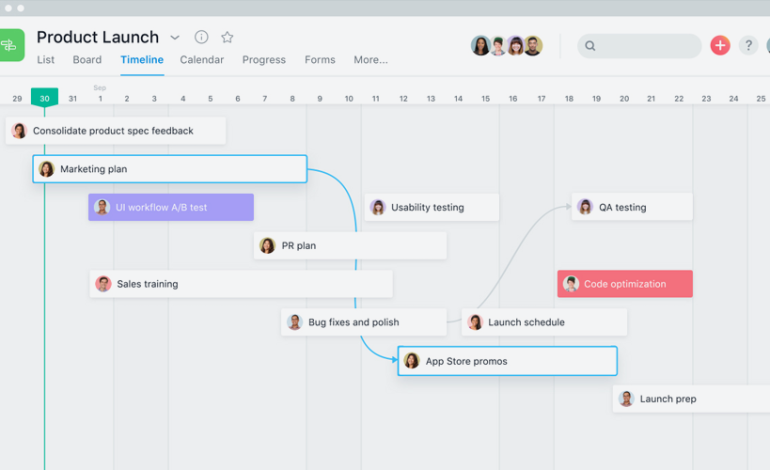Amazon and Walmart Has an Unexpected Online Competitor in Kroger
One fact is certain: more and more people and buying their groceries online.
Everyone has this feeling that the battle between Walmart and Amazon is the one to watch, but Kroger hopes to sneak in and steal their thunder.
Earlier today, it was reported that Kroger made higher-than-expected earnings, which shot their share percentage up 10%. The main focus of their increase was digital sales, which were 66% higher compared to last year. That’s huge news for a brand looking to compete with the likes of Amazon.
Amazon’s massively successful bid to court customers from the big box stores, wooing fans by purchasing Whole Foods and other major food distributors around the world, has increased their growth in the food market.
While it’s difficult to ship different types of food, Kroger has made a lot of innovations with the way people shop. They recently released their new service called ClickList that lets you shop online for what you want, and you can either pick it up at the store or have it delivered to your home. If you’re a busy family, such a service is a lifesaver!
Not only have they made it easier to shop, Kroger also improved the types of foods they offer by jumping into the quality product market. The Simple Truth brand should compete with Amazon’s Whole Foods, raking in $2 billion in 2017.
This year, Kroger has also pushed their own meal-prep kits in an attempt to compete with other food distributers that have become increasingly popular due to their convenience. Companies like Blue Apron and HelloFresh have been siphoning Kroger profits for years.
Rodney McMullen, Kroger CEO, is understandably excited about the future of his company.
“Everything we are doing today will enhance our ability to provide everyone in America with the convenience of shopping for anything, anytime and anywhere,” he said during a call.
It’s not just about the convenience either. Going to physical stores take time and energy, which can limit the number of products a person can buy and have to carry into our homes. McMullen said in his report that they found people end up spending more money on more products than they do in the store.
To Kroger, that means better online sales equates to higher profits.
To all other companies falling behind, this is how you compete with Amazon and Walmart. You don’t just wave the flag of defeat because you couldn’t keep up with where the market is headed. It’s easy to project where things are going and stay one step ahead, or you become another dinosaur like Sears and Toys ‘R’ Us.
